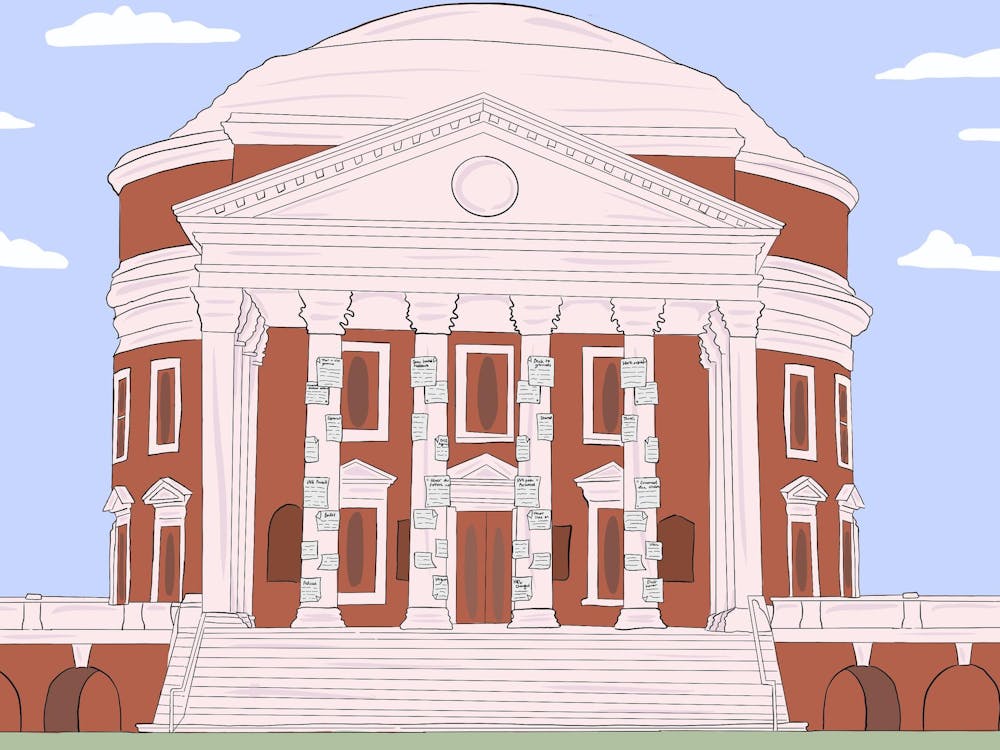This week the American Men’s Studies Association held its annual conference in Tacoma, Wash. According to Tom Bartlett of The Chronicle, many attendees expressed frustration that even though their field has existed for 40 years, people still doubt its legitimacy. To quote from Bartlett’s article: “As the joke goes, we already have men’s studies: It’s called history.”
The field of men’s studies, though, exists to point out that not all men’s stories have been told in “history.” History has perhaps recorded the story of only a very specific kind of man, and men’s expression has been limited by that archetype which has been so deeply rooted in our textbooks and our memories. What is our default image of a man? White, heterosexual, sexually experienced, able-bodied — when you account for all these different sections of identity, only a minority of the world’s men fall into all of those categories at once.
Men’s studies is a valuable academic pursuit which allows us to examine the role of the people who fall on the periphery. But as Bartlett points out, men’s studies is often absorbed into the field women’s studies and relabeled as “gender studies” more generally. The University does offer a course specifically focused on men, titled “Men and Masculinities” in the Women, Gender and Sexuality department. The majority of courses in the department, though, feature “women” in the title, or address “gender” without specifying one or the other.
Including topics on both men and women in a single course can be helpful in examining the dynamics between men and women in an academic setting, and also may be more likely to bring men and women together to stand up against the gender stereotypes which unfairly limit or repress all people. But studying men specifically is equally valuable, just as much as studying specifically women. Some of the issues and the conflicts facing men are entirely different from those facing women.
Bartlett lists examples like the performative aspects of men’s bathrooms and the analysis of male chastity, as issues specifically addressed in men’s studies. Another could be an examination of fraternity culture. Caitlin Flanagan, though she is not a men’s studies expert, has recently scrutinized fraternities for their dangers, involving alcohol consumption and sexism. Academics in men’s studies would be well suited to investigate the “power of fraternities” by looking at the homosocial relations among college age men in Greek organizations through an intellectual lens.
Men’s studies has a place in academia, though it may not get as much notice. The gender of women is more noticeable than that of men, because women are always listed second in the binary. But to examine the first entry is just as valuable. Men’s studies does not necessarily need its own department, but the addition of more men’s studies classes within a gender studies major would have a lot to offer all students, creating new conversations and introducing new perspectives.






